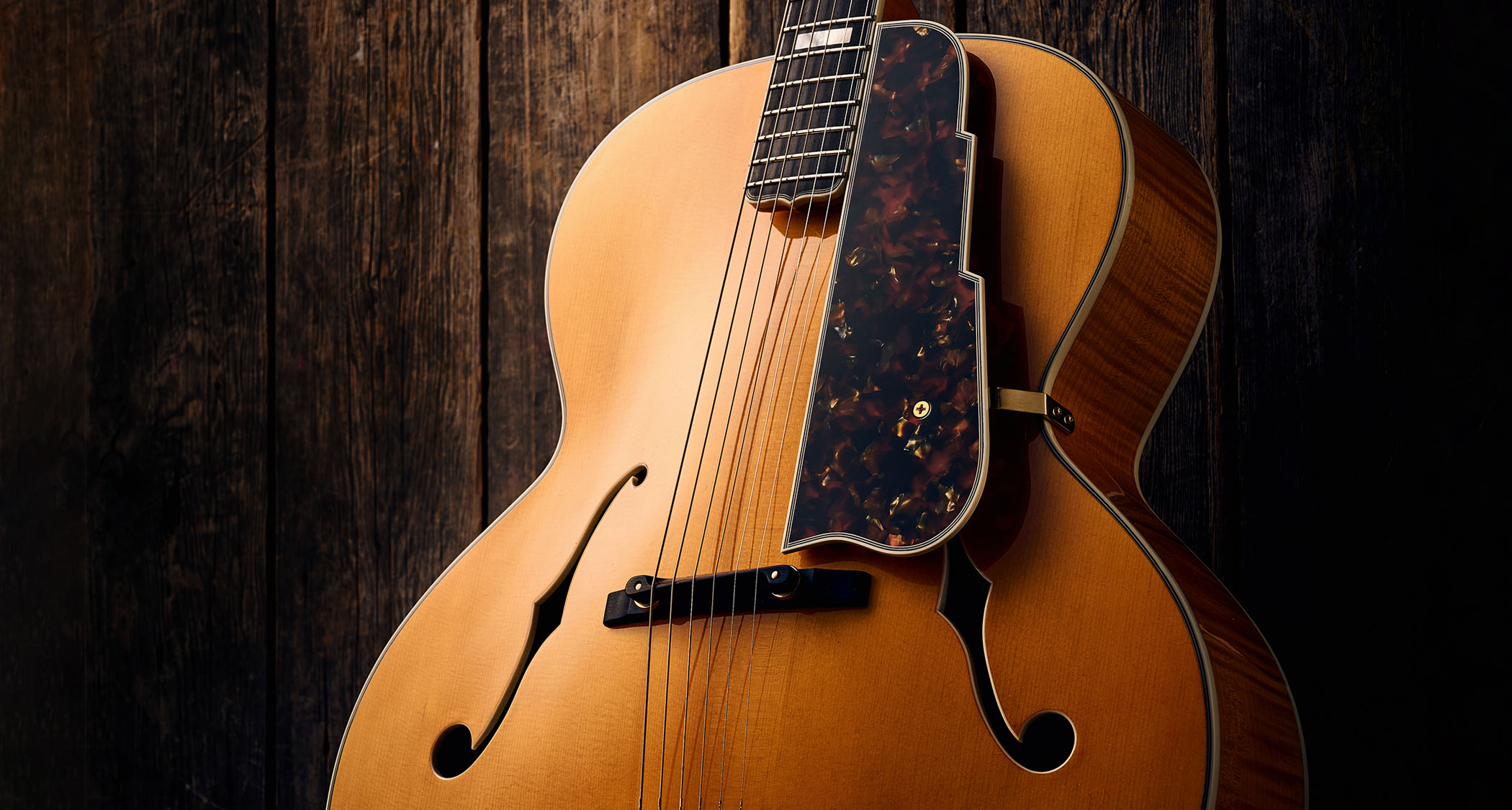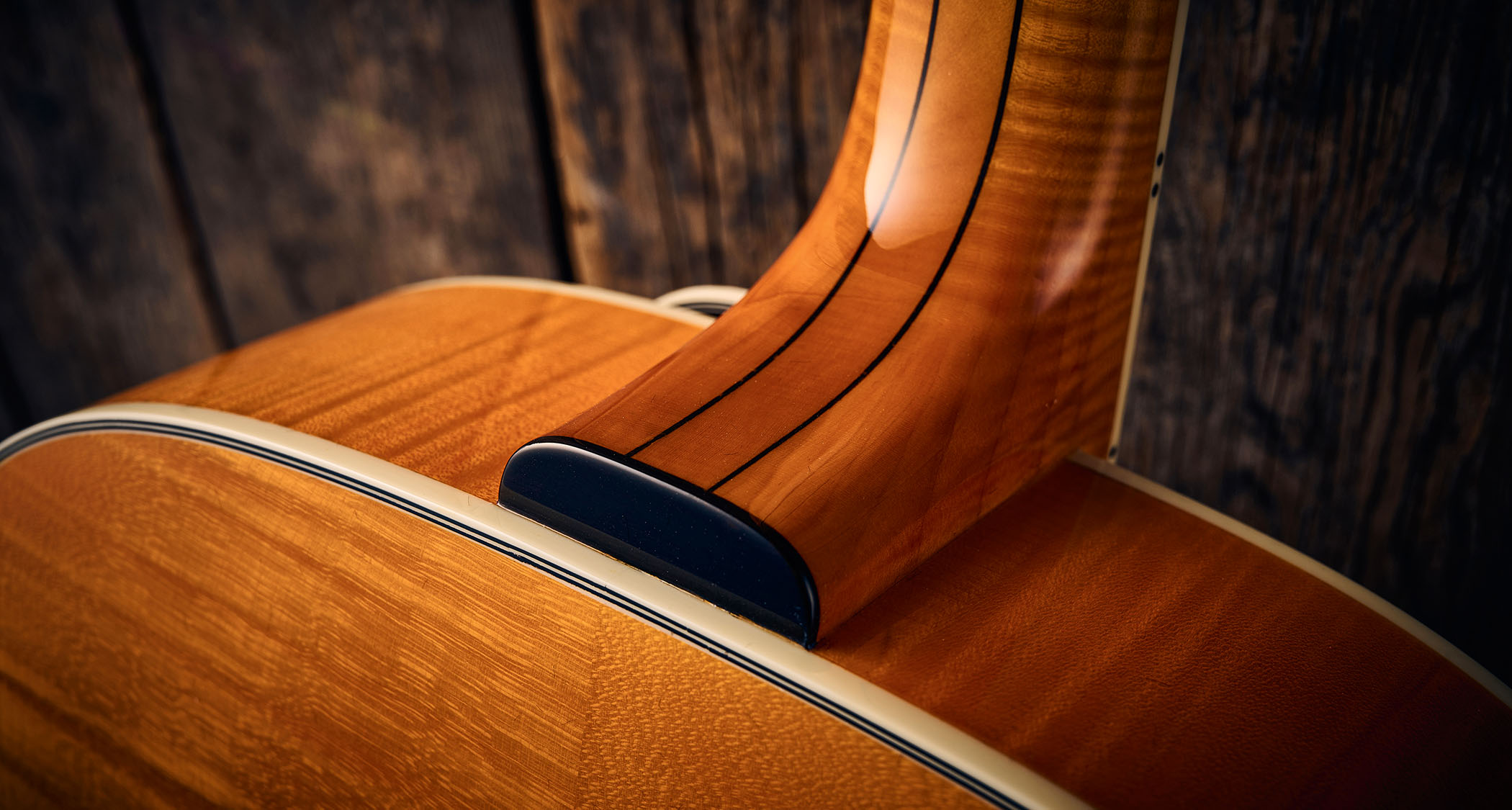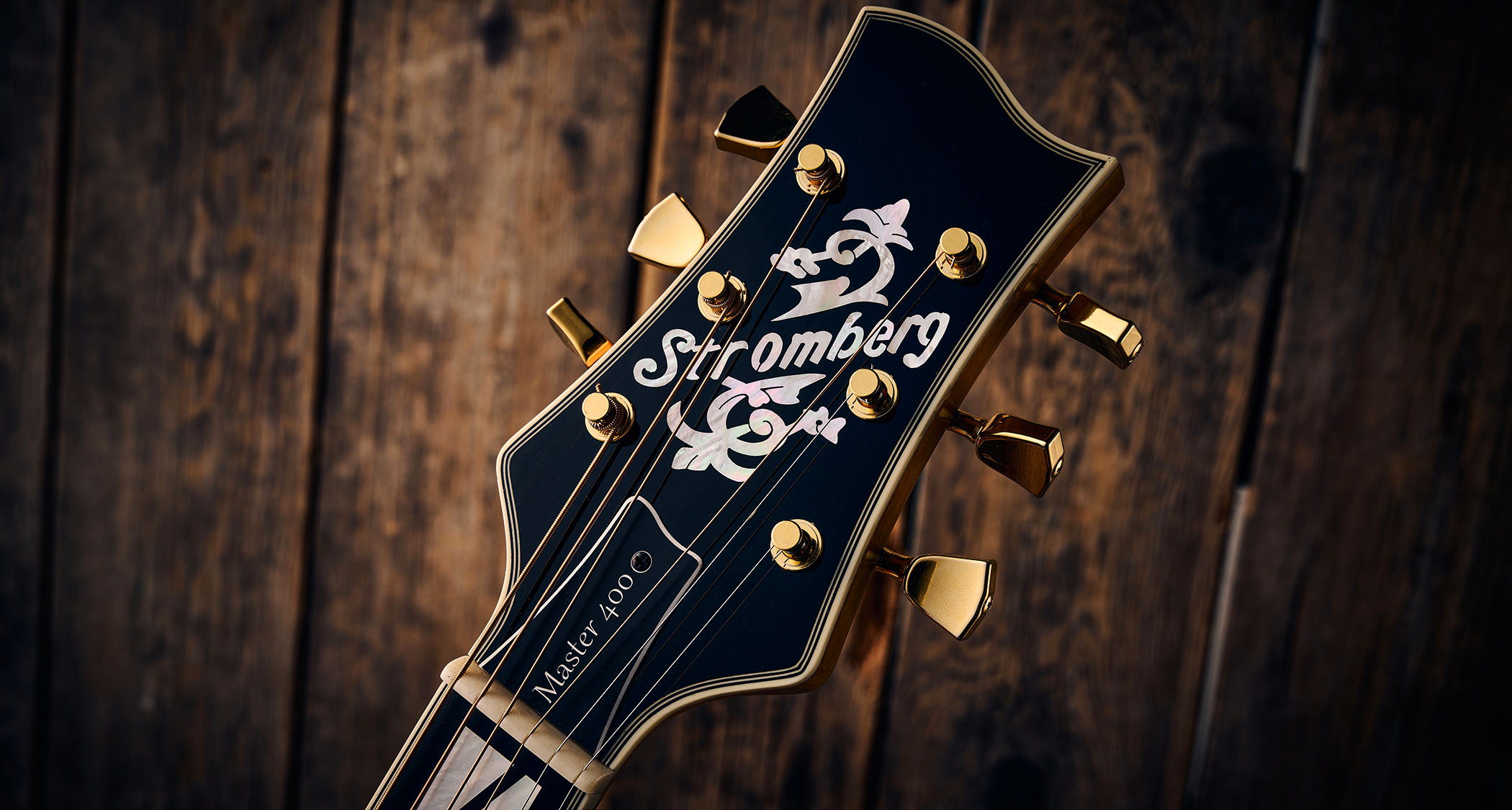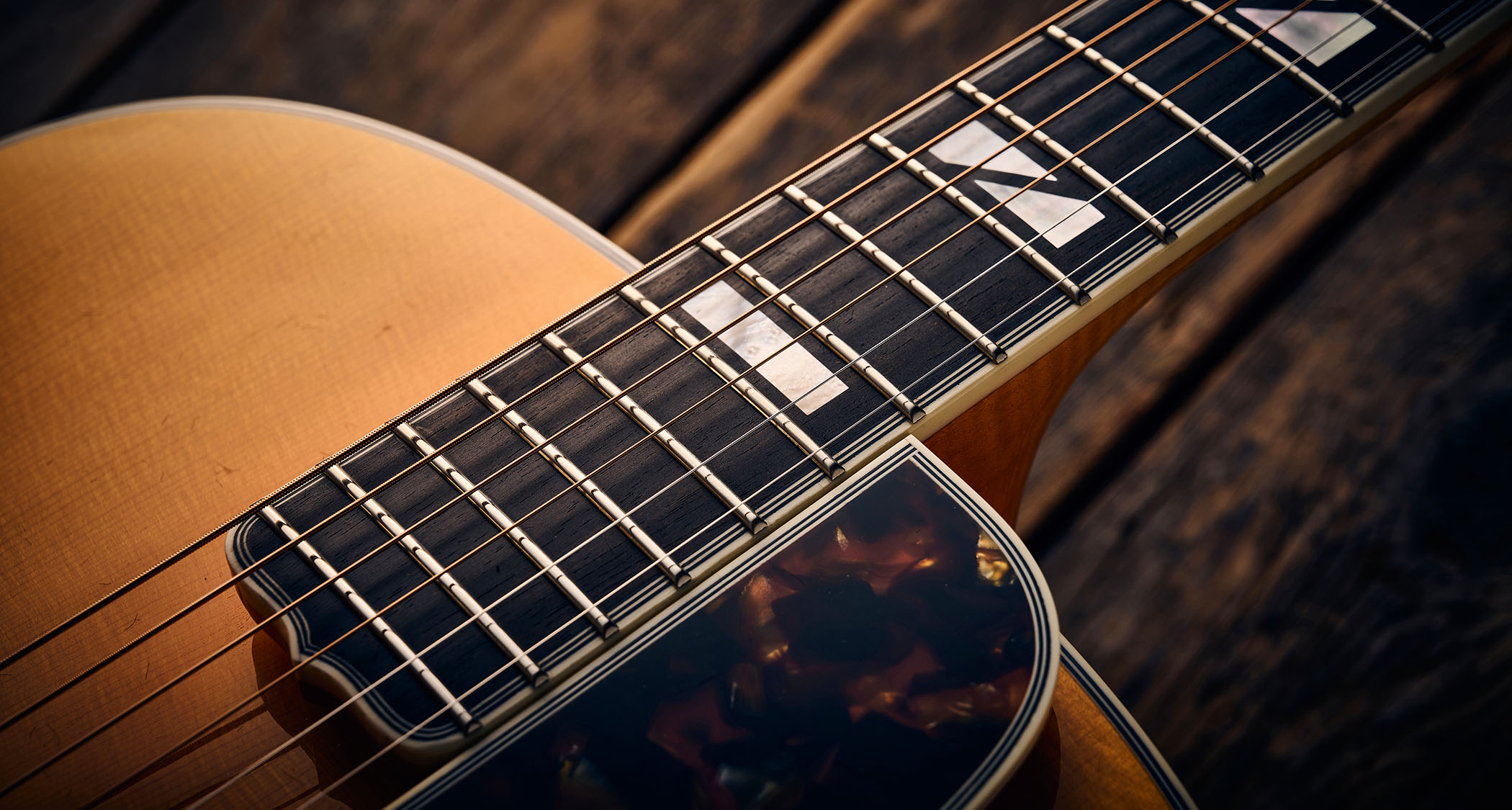
For a guitar brand that stopped making instruments 70 years ago, Stromberg is enjoying quite a revival. There have been a few attempts to resurrect the brand in those decades, but this new wave of Czech-built beauties are in a different league.
Along with our pictured Master 400 – Stromberg’s flagship acoustic archtop – there is also the Master 300 (£6,999), and both are very limited. As this year progresses we’ll also see the unlimited Hanover Series models (from £2k), which should broaden the appeal.
Charles A Stromberg, a Swedish immigrant, started his business in Boston in 1906 offering a range of instruments, including banjos and drums, although little is known about the size of his company.
His oldest son, Harry, worked with him until 1927; his younger son, Elmer, started in 1910. Stromberg built a reputation for finely crafted banjos and he began making carved-top guitars, possibly as early as 1927.

The instruments were based on a 16-inch body (406.4mm in today’s money) called the G series, reflecting the move from banjo to guitar by the leading players of the day.
Evidence based on surviving Stromberg models suggests that, although the serial numbers started at 300, some 636 guitars were made before both Charles and Elmer passed away in 1955 and the original Stromberg company ended.

The later-period guitars were highly revered, as are surviving examples. Freddie Green, who joined Count Basie’s band in 1937, became known as ‘Mr Rhythm’ or “the most famous big-band guitarist of them all”, and by late 1940 he’s pictured with a blonde Stromberg Master 400 (which he only stopped using in the late ’50s after the death of Charles and Elmer resulted in a rise in value of the brand).

“These guitars are among the most sought-after of all rhythm guitars,” says George Gruhn, guitar historian. “[They] possess a sound of their own, epitomised by a power and projection unsurpassed by any other archtop acoustic.”
Guitarist’s Neville Marten says of the pictured Stromberg: “It’s a big bold blonde with tons of power in the bass but plenty of typical archtop treble to cut through the band.
“You’ll not be playing second fiddle to anyone with this fabulous beast in your hands. Sit with it for five minutes, look at the clock and an hour’s gone before you know it.”
- Contact: Stromberg Guitars
- This article first appeared in Guitarist. Subscribe and save.







